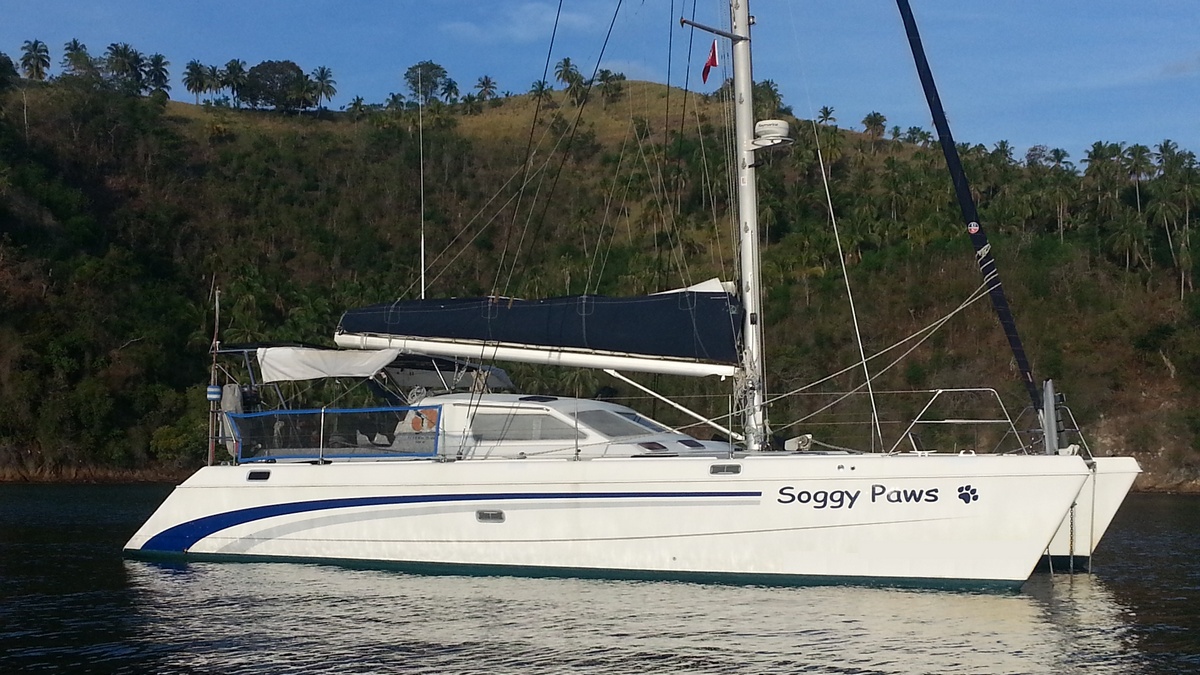ACHiPo
Contributor
Hi,
We will be joining friends on their catamaran in May, 2025 for a week sailing around Vanua Levu and Taveuni. We will arrive two nights early and stay in the Savusavu area before embarking. After disembarking we will travel to Taveuni for 5 days of more diving and relaxing.
So far we've found the Cousteau and Namale resorts which look nice. Cousteau has dive trips to Namena (thanks to @cetacean for his guidance on how great the diving is at Namena and AC is unnecessary), it looks like it caters to families, which is not a show-stopper, but a consideration. Namale does not "typically" go to Namena because of the distance--not sure if they will--I have an email into them to find out. Namale is adults-only and seems to cater to honeymooners, et al. Again, not a showstopper, but not exactly our vibe.
Koro Sun advertises dive trips to Namena. The resort seems to have good reviews, but the beach is not great.
My wife does not dive, and has limited mobility, so a place that's relatively easy to get around, with a nice beach and/or good snorkeling is a plus.
What other options should we consider?
Thanks in advance!
Evan
We will be joining friends on their catamaran in May, 2025 for a week sailing around Vanua Levu and Taveuni. We will arrive two nights early and stay in the Savusavu area before embarking. After disembarking we will travel to Taveuni for 5 days of more diving and relaxing.
So far we've found the Cousteau and Namale resorts which look nice. Cousteau has dive trips to Namena (thanks to @cetacean for his guidance on how great the diving is at Namena and AC is unnecessary), it looks like it caters to families, which is not a show-stopper, but a consideration. Namale does not "typically" go to Namena because of the distance--not sure if they will--I have an email into them to find out. Namale is adults-only and seems to cater to honeymooners, et al. Again, not a showstopper, but not exactly our vibe.
Koro Sun advertises dive trips to Namena. The resort seems to have good reviews, but the beach is not great.
My wife does not dive, and has limited mobility, so a place that's relatively easy to get around, with a nice beach and/or good snorkeling is a plus.
What other options should we consider?
Thanks in advance!
Evan






